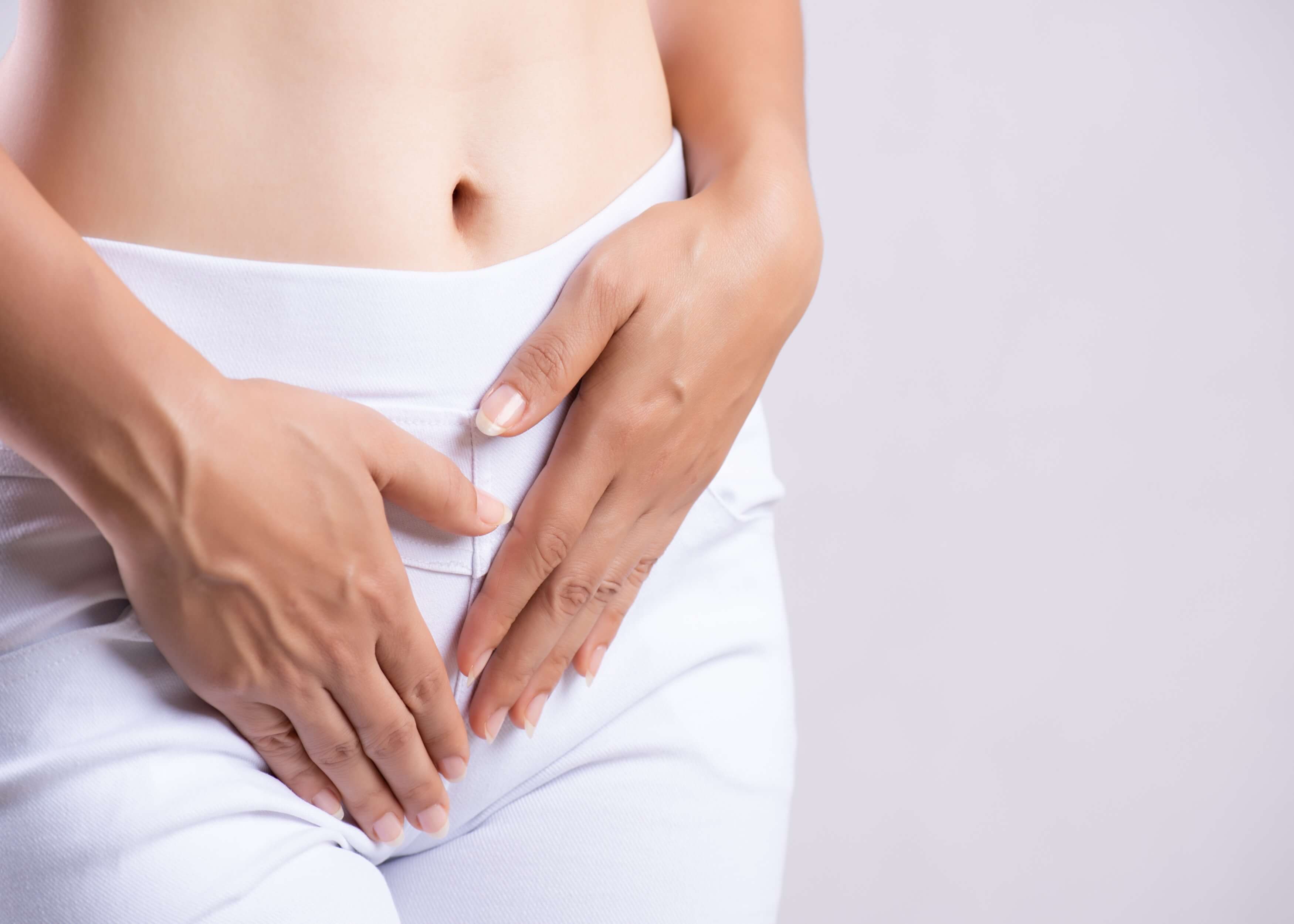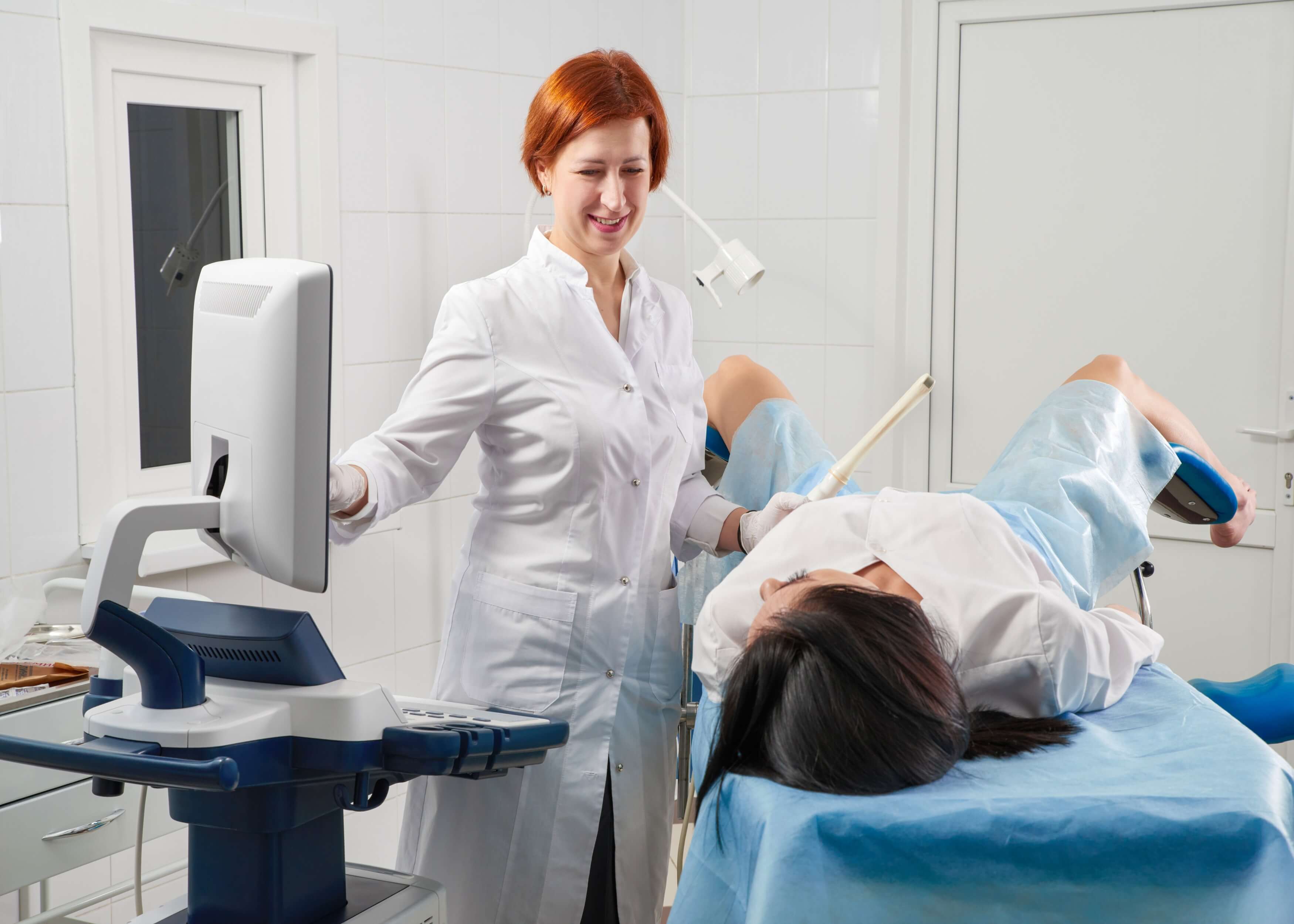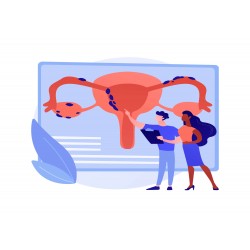DOCTOR INFORMATION
Polycystic Ovarian Syndrome: Doctor Info
Polycystic Ovarian Syndrome is a condition which affects how a woman's ovaries work. In this article we will explain what Polycystic Ovarian Syndrome is, the causes, clinical features, diagnosis and management. You will find a useful summary section within each section of this article to help you identify the key information ❗
What is Polycystic Ovarian Syndrome ❓
 Polycystic Ovarian Syndrome (PCOS) is a polygenic and multi-factorial disorder. A common condition which is mainly due to excessive androgen production by the ovaries.
Polycystic Ovarian Syndrome (PCOS) is a polygenic and multi-factorial disorder. A common condition which is mainly due to excessive androgen production by the ovaries.
 Incidence
Incidence
 It is one of the common pathologies among women of childbearing age. PCOS affects about 5-20% of women between 15 and 45 years of age. 👩
It is one of the common pathologies among women of childbearing age. PCOS affects about 5-20% of women between 15 and 45 years of age. 👩
 Diagnosis
Diagnosis
 Diagnosis (via Rotterdam Criteria) is based on any two of the following three:
Diagnosis (via Rotterdam Criteria) is based on any two of the following three:
 Oligo or anovulation
Oligo or anovulation
 Hyperandrogenism: Clinical and/or Biochemical signs 🥼
Hyperandrogenism: Clinical and/or Biochemical signs 🥼
 Polycystic Ovaries (12 or more follicles or ovarian volume greater than 10 cm3on US)
Polycystic Ovaries (12 or more follicles or ovarian volume greater than 10 cm3on US)
 Other causes (Thyroid dysfunction, Hyperprolactinemia, Cushing syndrome, Congenital Adrenal Hyperplasia) need to be excluded. Other factors causing irregular menses should also be looked for and ruled out. 🔍
Other causes (Thyroid dysfunction, Hyperprolactinemia, Cushing syndrome, Congenital Adrenal Hyperplasia) need to be excluded. Other factors causing irregular menses should also be looked for and ruled out. 🔍

 Pathology
Pathology
 Typically there are enlarged ovaries with ovarian volume greater than 10cm3. Stroma is increased. Multiple follicular cysts (>12) measuring 2-9 mm are present.
Typically there are enlarged ovaries with ovarian volume greater than 10cm3. Stroma is increased. Multiple follicular cysts (>12) measuring 2-9 mm are present.
 Histologically, the tunical albuginea is thickened. The cysts are follicles at different stages of maturation and atresia. 🔬
Histologically, the tunical albuginea is thickened. The cysts are follicles at different stages of maturation and atresia. 🔬
Summary:
Polycystic Ovarian Syndrome is a common condition in women under 45, PCOS affects the ovaries function due to excessive androgen production. PCOS is usually diagnosed based on the Rotterdam Criteria, other causes/factors for irregular menstruation must be considered. Pathology findings for PCOS should show that the ovaries are: enlarged with an increase in stroma and 12+ cysts sized 2-9mm.
What are the Clinical Features of PCOS ❓
 Menstrual abnormalities (irregular menses, amenorrhea, oligomenorrhea)
Menstrual abnormalities (irregular menses, amenorrhea, oligomenorrhea)
 Anovulatory infertility 🤰
Anovulatory infertility 🤰
 Features of hyperandrogenism (hirsutism, acne, androgenetic alopecia)
Features of hyperandrogenism (hirsutism, acne, androgenetic alopecia)
 Features of insulin resistance (diabetes meliitus, acanthosis nigricans) 💉
Features of insulin resistance (diabetes meliitus, acanthosis nigricans) 💉
 Obesity (mostly abdominal)
Obesity (mostly abdominal)
 HAIR-AN syndrome in PCOS patients is characterised by Hyperandrogenism, Insulin Resistance and Acanthosis Nigricans.
HAIR-AN syndrome in PCOS patients is characterised by Hyperandrogenism, Insulin Resistance and Acanthosis Nigricans.

 Late complications of PCOS
Late complications of PCOS
 Type 2 Diabetes and gestational diabetes 🍬
Type 2 Diabetes and gestational diabetes 🍬
 Dyslipidaemia
Dyslipidaemia
 Hypertension
Hypertension
 Cardiovascular disease 💔
Cardiovascular disease 💔
 Endometrial cancer
Endometrial cancer
 There is no high risk of ovarian and breast cancer
There is no high risk of ovarian and breast cancer
Summary:
The clinical features of PCOS include menstrual abnormalities, obesity, anovulatory infertility and due to insulin resistance: diabetes mellitus or skin pigmentation, and due to high androgen: hair growth (hirsutism), acne and pattern hair loss. PCOS can also cause late complications such as type 2/gestational diabetes, cardiovascular disease and hypertension, dyslipidaemia or endometrial cancer.
How do you diagnose Polycystic Ovarian Syndrome ❓
 Investigations:
Investigations:
|
TEST |
DETAILS |
PCOS |
|
Pelvic Ultrasound |
To assess morphology of ovaries and thickness of endometrium |
Enlarged ovaries > 10 cm3 Presence of cysts (>12) of size 2- 9 mm |
|
Testosterone and SHBG (Sex Hormone Binding Globulin) |
Measuring other androgens are not indicated unless testosterone level > 5nmol/L, in which case check 17-hydroxyprgesterone and exclude androgen secreting tumours. |
Testosterone is raised in 30% SHBG is reduced |
|
LH and FSH |
Best measured days 1-3 of menstruation bleed. But if oligo or amenorrhoeic then random samples taken |
LH is raised or LH/FSH ratio is > 2:1 |
|
Prolactin and Thyroid function test |
Measure if oligo or amenorrhoeic |
|
|
OGTT |
75g oral glucose and measurement of 2 hour glucose level |
7.8-11.1 mmol/l: Impaired glucose tolerance >11.1 mmol/L: Diabetes
|

Summary:
There are some tests that can be done to diagnose PCOS, this may include an ultrasound of the pelvis to check for cysts or enlarged ovaries and various blood tests for abnormal levels of certain hormones: testosterone, SHBG, LH, FSH, prolactin, thyroid and the OGTT.
How can Polycystic Ovarian Syndrome be managed ❓
 Weight loss
Weight loss
 Obesity worsens the condition and endocrine profile, therefore weight loss and exercise remain an essential part of management. It increases insulin sensitivity to target organs. 🏃♀️
Obesity worsens the condition and endocrine profile, therefore weight loss and exercise remain an essential part of management. It increases insulin sensitivity to target organs. 🏃♀️
 In morbidly obese women (BMI > 40kg/m2), Bariatric surgery is becoming one of weight reduction options to control metabolic abnormalities and decrease symptoms. However, the benefits should be balanced against risks of surgery (infection, bowel obstruction, nutritional abnormalities) 🏥
In morbidly obese women (BMI > 40kg/m2), Bariatric surgery is becoming one of weight reduction options to control metabolic abnormalities and decrease symptoms. However, the benefits should be balanced against risks of surgery (infection, bowel obstruction, nutritional abnormalities) 🏥
 Insulin resistance
Insulin resistance
 Metformin helps in improving insulin resistance. It may benefit menstruation and ovulation but its use in PCOS for this purpose has not been established by trials yet.
Metformin helps in improving insulin resistance. It may benefit menstruation and ovulation but its use in PCOS for this purpose has not been established by trials yet.
 Menstrual irregularity
Menstrual irregularity
 Combined oral contraceptive preparations allow shedding of the endometrium. In those oestrogen is contraindicated or not tolerated, a progestogen (e.g. medroxyprogesterone acetate) is used every one to three months for 10-14 days to induce a withdrawal bleed. 💊
Combined oral contraceptive preparations allow shedding of the endometrium. In those oestrogen is contraindicated or not tolerated, a progestogen (e.g. medroxyprogesterone acetate) is used every one to three months for 10-14 days to induce a withdrawal bleed. 💊
 If the endometrium fails to shed, a transvaginal ultrasound assessment is indicated to evaluate the endometrial thickness. Endometrial sampling is needed to rule out hyperplasia or malignancy.
If the endometrium fails to shed, a transvaginal ultrasound assessment is indicated to evaluate the endometrial thickness. Endometrial sampling is needed to rule out hyperplasia or malignancy.
 Infertility
Infertility
 Clomiphene citrate induces ovulation in 75-80% of women. It is used on days 2-6 of bleeding. With assisted conception women are at increased risk of ovarian hyperstimulation. Careful ultrasound monitoring is required to ensure that ovulation is taking place and reduce risk of multiple pregnancies. 🤰
Clomiphene citrate induces ovulation in 75-80% of women. It is used on days 2-6 of bleeding. With assisted conception women are at increased risk of ovarian hyperstimulation. Careful ultrasound monitoring is required to ensure that ovulation is taking place and reduce risk of multiple pregnancies. 🤰
 Hyperandrogenism
Hyperandrogenism
 Ovarian drilling: Needlepoint diathermy in 4 places in the ovaries to reduce steroid production.
Ovarian drilling: Needlepoint diathermy in 4 places in the ovaries to reduce steroid production.
 Hirsutism can be managed cosmetically (waxing, shaving, depilatory creams, laser) or by anti androgens. The latter are contraindicated in pregnancy and lactation because of risk of feminisation of male foetus. 💅
Hirsutism can be managed cosmetically (waxing, shaving, depilatory creams, laser) or by anti androgens. The latter are contraindicated in pregnancy and lactation because of risk of feminisation of male foetus. 💅
 Acne can be treated by topical preparations or antibiotics. Isotretinoin is reserved for persistent acne.
Acne can be treated by topical preparations or antibiotics. Isotretinoin is reserved for persistent acne.
Summary:
The various symptoms caused by PCOS can be managed via: weight loss and bariatric surgery for obesity, metformin for insulin resistance, the oral combination pill to help reduce irregular menstruation, ovulation stimulating drugs can help with this type of infertility; for symptoms related to high androgen, ovarian drilling to reduce these levels, hair growth can be reduced or simply managed via waxing for example, and acne can be managed through medication.
Conclusion:
1. The overproduction of androgen by the ovaries causes PCOS
2. The imbalance of hormones causes various symptoms e.g. irregular periods, acne and obesity
3. There are several complications that can ensue e.g. hypertension or diabetes
4. To diagnose PCOS, the Rotterdam Criteria is used and other causes/factors are eliminated
5. Further investigation/diagnosis includes: an ultrasound and various blood tests for hormone levels
6. There are various ways of managing PCOS symptoms/features e.g. weight loss and various medication
By Karishma Toolsee
Related Articles
Everything you need to know about Polycystic ovary syndrome in 60 seconds!
What is endometriosis? What are the risk factors and symptoms? How is it diagnosed and treated?















